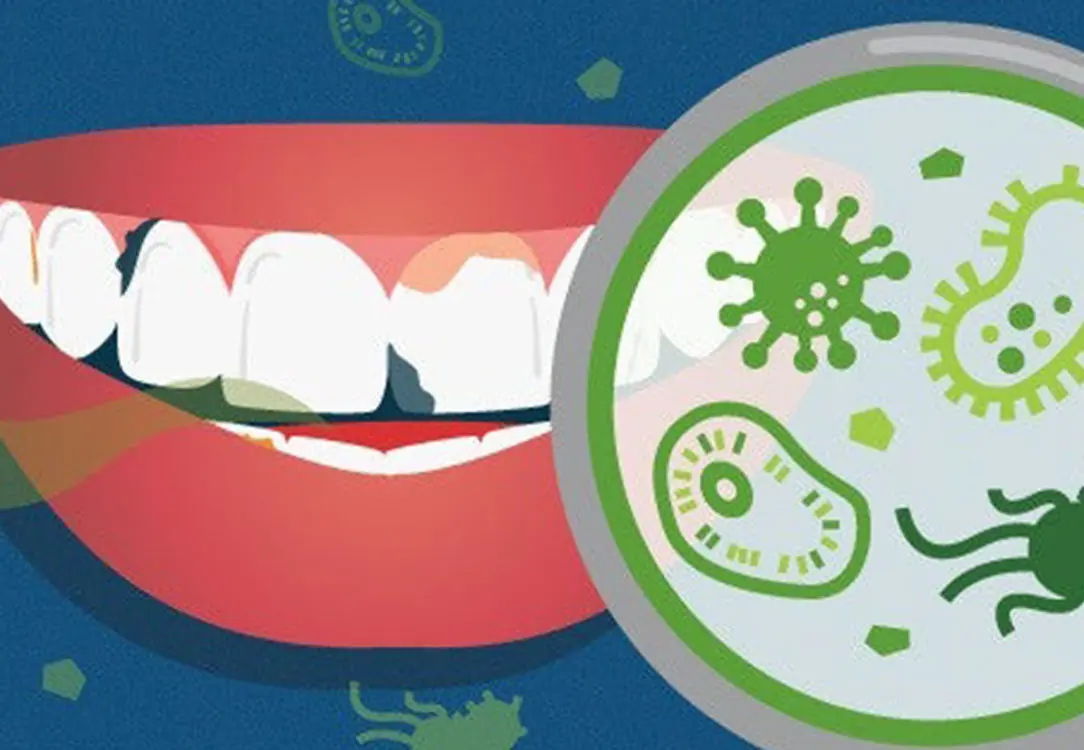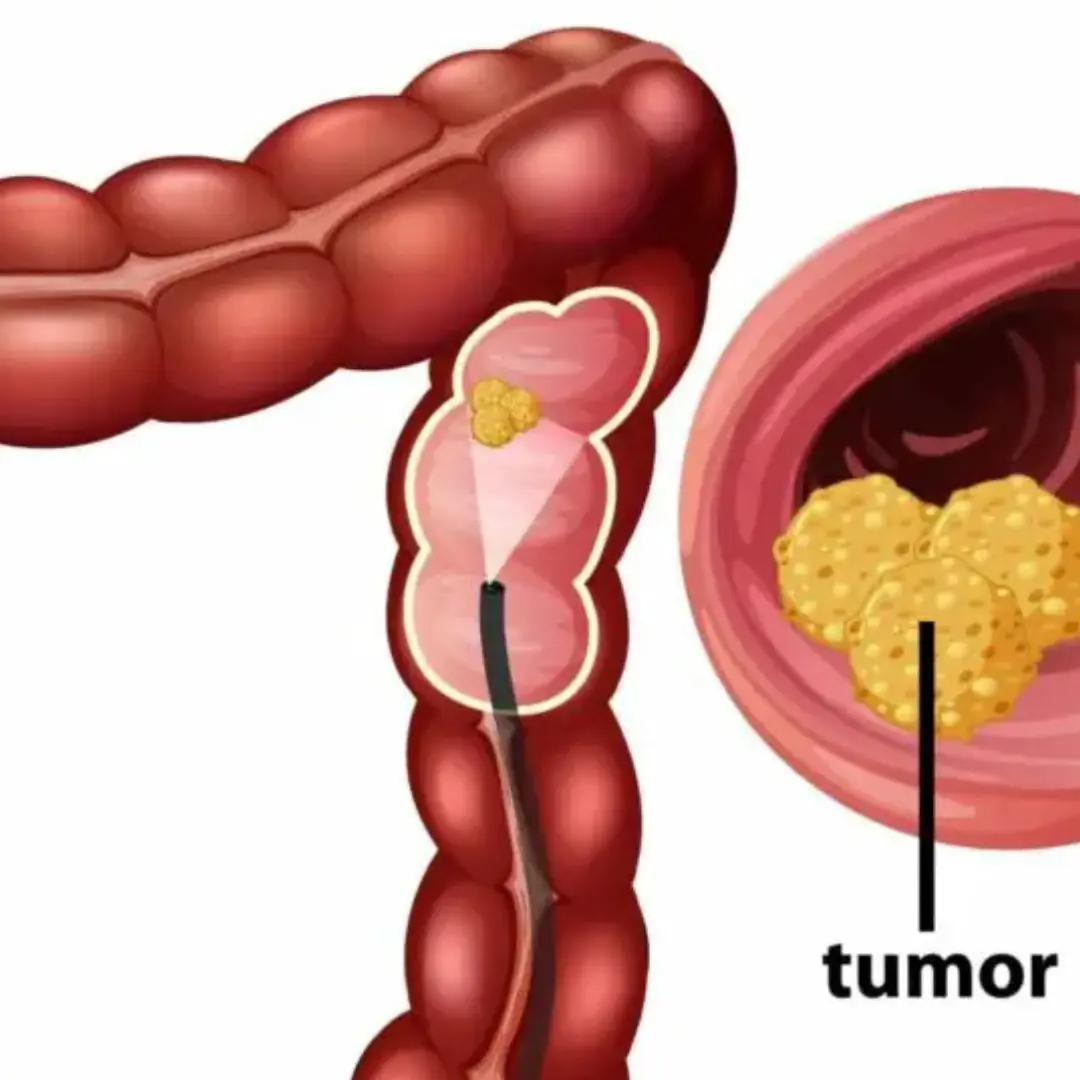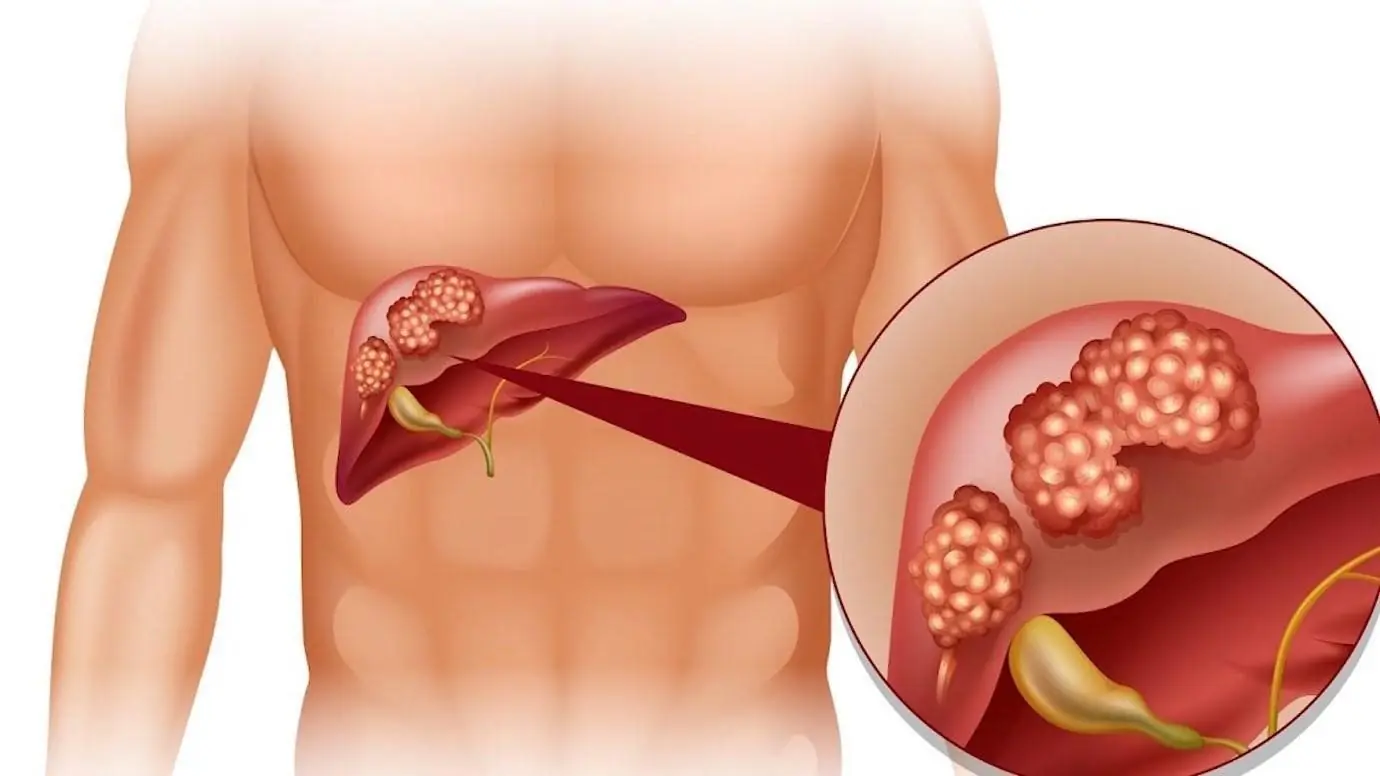
Woman goes to the doctor for indigestion, finds out she has liver can.cer: Doctor panics: "Who eats breakfast like this for 20 years?"

A woman never expected that this “healthy breakfast” could be the cause of her liver cancer.
“For more than 20 years, I only ate peanut butter toast for breakfast.”
Taiwanese nutrition expert, Dr. Liu Ba-Ren, recently shared information about cancer and cancer prevention on his Facebook page. He pointed out that a healthy woman—who had never suffered from any major illness, had no hepatitis B or C, and never drank alcohol—was diagnosed with liver cancer that had already metastasized to her lungs.
After asking further, Dr. Ren discovered that the woman loved peanut butter and had eaten peanut butter on toast for breakfast for more than 20 years. He suspected that her liver cancer might have been caused by long-term consumption of peanut butter contaminated with aflatoxin.
Aflatoxin is classified as a Group 1 carcinogen with extremely high heat resistance
Aflatoxin is a secondary metabolite produced by the fungi Aspergillus flavus and Aspergillus parasiticus under certain conditions such as warm, humid environments with poor ventilation. It is classified by the International Agency for Research on Cancer (IARC) as a Group 1 carcinogen and is associated with liver, kidney, and stomach cancers.
Especially for individuals with hepatitis B or C, aflatoxin has a synergistic effect, significantly increasing the risk of liver cancer. Moreover, aflatoxin has extremely high heat resistance, up to 280°C or higher, and cannot be eliminated by common household cooking or most food-processing techniques.
Aflatoxin thrives in warm, humid conditions.
-
Temperature conditions: Peak aflatoxin production occurs between 25°C and 35°C, typically around 28°C to 30°C.
-
Humidity conditions: Relative humidity above 80% strongly favors mold growth on food surfaces.
4 symptoms of aflatoxin poisoning that many people don’t know
Aflatoxin primarily attacks the liver. According to a study published in The Lancet, consuming 2–6 mg of aflatoxin per day for several weeks can cause acute poisoning, with key symptoms including:
-
Severe liver damage, manifested by an enlarged liver and swelling in the abdomen, legs, and feet.
-
Digestive symptoms such as nausea, vomiting, abdominal pain, and loss of appetite.
-
Jaundice, characterized by yellowing of the skin and the whites of the eyes.
-
Fever.
Aflatoxin is not only found in peanuts but also in 3 other types of foods
The growth conditions for Aspergillus flavus are rather easy, especially in tropical, subtropical, and humid temperate regions. It is a heat-loving fungus. Besides peanuts, several other common foods and household items can also be contaminated with aflatoxin produced by Aspergillus flavus.
1. Grains
Grains such as corn, rice, and wheat are rich in starch and carbohydrates, providing abundant nutrients for Aspergillus flavus. If not stored in a dry environment, these grains—especially corn—are easily susceptible to widespread mold growth.
Recommendations:
-
Store in a dry, cool place using airtight containers to prevent moisture absorption from the air.
-
If the weather is hot and humid, you can store them directly in the refrigerator.
-
If you taste any bitterness, spit it out immediately and rinse your mouth.
2. Processed foods such as cooking oil and sesame
Oil is one of the most commonly consumed foods daily. Aflatoxin is difficult to remove during processing, so if the raw materials for processed foods such as corn oil, peanut oil, sesame, or nut butter are contaminated, the toxin will appear throughout the entire batch.
Recommendations:
-
Choose reputable brands and avoid products without a manufacturer’s name, address, or production date.
-
Store products in a dry, cool place away from light, or in the refrigerator after purchase.
-
Inspect the product before use. If you detect a strange odor, discard it immediately.
3. Moldy fruit
Discard any fruit that has even a slight amount of mold. Do not cut away the moldy part and continue eating, as the mold network may have spread inside the fruit—especially apples and papayas.
Recommendations:
-
Always dry fruit thoroughly before placing it in the refrigerator.
-
Regularly check and remove fruit that is starting to soften, crack, or spoil, as these areas easily develop mold and can contaminate nearby fruit.
4. Moldy chopsticks and cutting boards
Chopsticks and cutting boards can easily grow mold if not cleaned properly and stored in a humid environment, potentially producing aflatoxin—especially in wooden chopsticks and cutting boards.
Recommendations:
-
Clean immediately after use; do not soak.
-
Wooden or bamboo chopsticks and boards can be periodically boiled for 5–10 minutes.
-
Replace immediately if they become warped, deformed, cracked, have deep knife marks, or are excessively worn.
-
Discard any moldy utensils; do not wash and reuse them.
News in the same category


9 foods with natural anti-can.cer prop.erties, eat regularly and can.cer cells will "not have a chance to visit" 👇

Foods that can ease swelling in hands and feet

5 signs to help detect colitis early, the first signs of which are often overlooked

6 Foods You Should Never Combine With Honey

Poor Oral Health Linked to Increased S.troke Risk

5 Silent Warning Signs of High B.lood Pressure You Should Never Ignore

She Spotted These 5 Colon Ca.nc.er Symptoms Early — Here’s What You Should Watch For

If your feet show these 5 signs, it may be a warning of a serious condition

Cervical Can.cer: Are You in a High-Risk Group?

6 Silent Warn.ing Signs of Br.east Can.cer Women Often Miss — Don't Ignore These Signals

Your Li.ver Is Tired — 7 Hidden Signs You’re Mistaking for “Normal” Stress

The Hidden Mineral Deficiency Behind Your Fatigue, Bloating, and Anxiety

A 38-Year-Old Woman With a Sto.mach Ulcer Never Imagined Her Daily Habit Would Lead to Such Serious Consequences

5 Times You Should Never Take a Shower — No Matter How Dirty You Are

Two everyday seasonings many people use are “catalysts” for thy.roid can.cer

15 Hidden Warning Signs of Can.cer You Should NEVER Ignore—Spot Them Early!

The Heart-Boosting Secret: How Eating Eggs Daily Could Help You Live Longer

6 Delicious Foods Packed with Collagen for Healthier Skin & Joints: Boost Your Glow Naturally!
News Post

Black beans combine these two types of seeds to become a 'miracle drug': Increase collagen production, slow down aging, prolong life 👇 👇

9 foods with natural anti-can.cer prop.erties, eat regularly and can.cer cells will "not have a chance to visit" 👇

Foods that can ease swelling in hands and feet

5 signs to help detect colitis early, the first signs of which are often overlooked

6 Foods You Should Never Combine With Honey

7 Bad Habits That Harm Your Heart

7 Signs Your Body Might Be Iron Deficient

Poor Oral Health Linked to Increased S.troke Risk

A Fruit People With Kid.ney Disease Should Limit

4 Types of Salads You Should Eat Regularly to Support Li.ver Detoxification

4 Natural Ingredients That Help Protect the Li.ver in Men

3 Everyday Vegetables American Doctors Eat to Keep Their Li.ver Healthy

6 Daily Habits That Can Finally End Your Sleepless Nights

6 Eating Mistakes That Can Damage Your Health

5 Foods You Should Avoid at Night If You Don’t Want to Lose Sleep

3 Silent “Culprits” That Dramatically Increase Your Risk of Stroke

5 Silent Warning Signs of High B.lood Pressure You Should Never Ignore

The Type of “Waste” Everyone Throws Away but Experts Call a Hidden Treasure:
